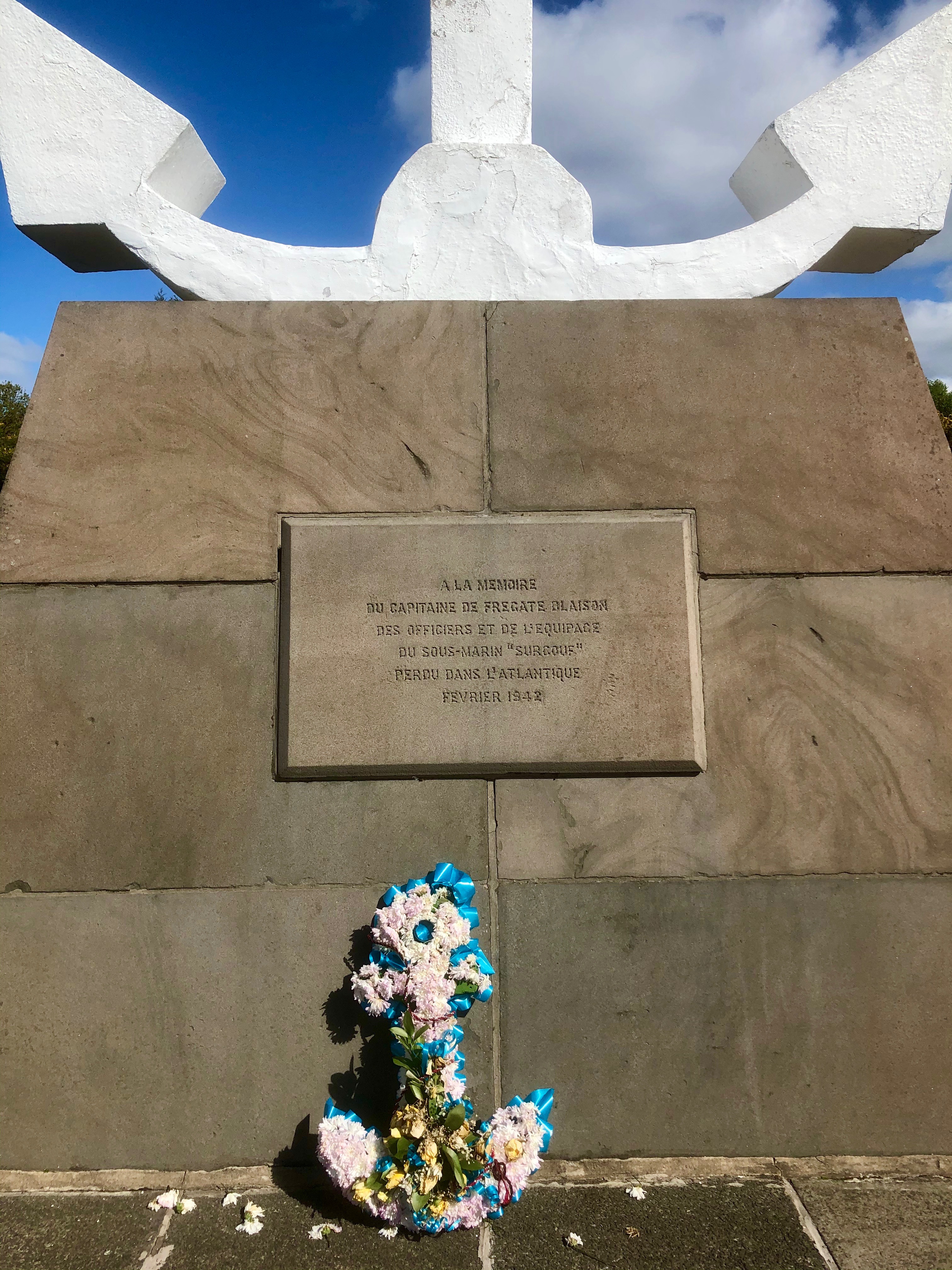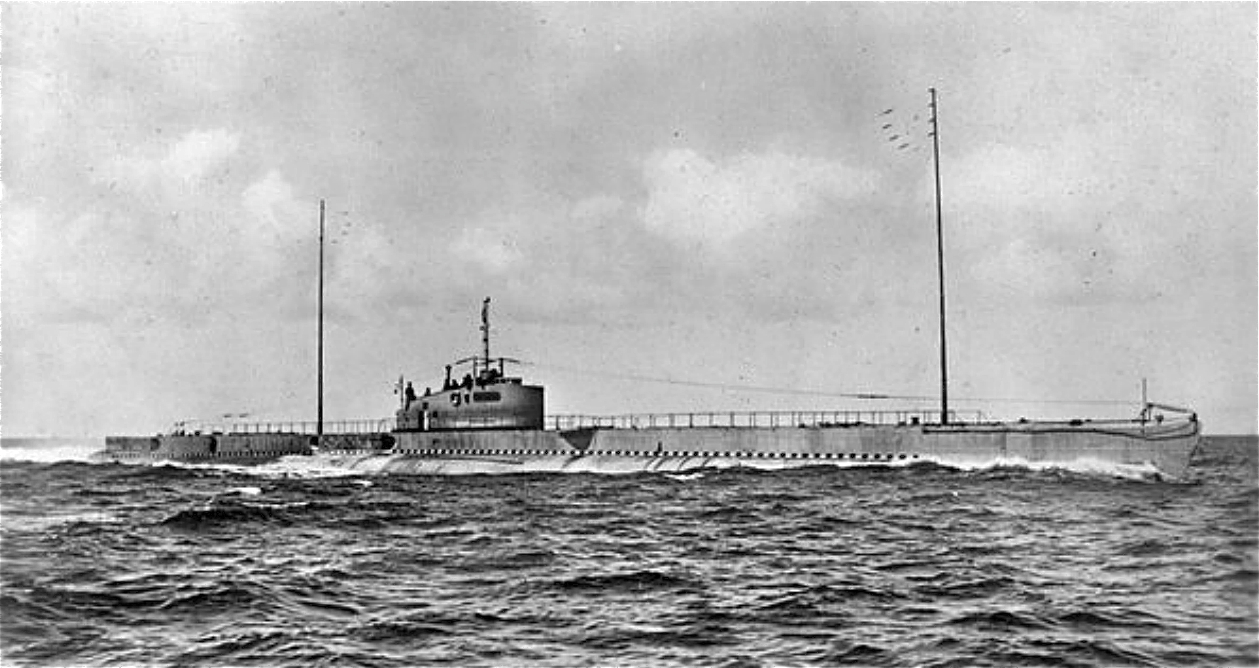|
Georges Cabanier
Admiral Georges Cabanier (21 November 1906 – 26 October 1976) was a French Naval Officer and Admiral, in addition to Grand Chancellor of the Legion of Honour. Military career Entered into the École Navale in 1925, he navigated on several naval warships (french: bâtiments) in the Atlantic, before opting for submarine service. In 1928, he served successively on both the ''Du Couëdic'' and ''Duperré'' Avisos, then on the military transport ''Seine''. In 1930, he partook to campaigns in Antilles, Bermudes, Acores and Terre-neuve on board aviso ''Aldebaran''. After one year at the torpedo officer and electricians school, Georges Cabanier opted for a career as a submariner in the submarine service (french: La sous-marinade). In 1932, he embarked on board 1500 ton-class submarine ''L'Achéron'', then on submarine ''Le Saphir''. Lieutenant de vaisseau in 1934, he served on submarine '' Orion'', in 1936, on submarine cruiser '' Surcouf'', Surcouf, Robert Surcouf (1773-1827) ... [...More Info...] [...Related Items...] OR: [Wikipedia] [Google] [Baidu] |
Order Of Liberation
The Order of Liberation (french: Ordre de la Libération) is a French Order which was awarded to heroes of the Liberation of France during World War II. It is a very high honour, second only after the ''Légion d’Honneur'' (Legion of Honour). Very few people, military units and communes were ever awarded it; and only for their deeds during World War II. A different order, the ''Médaille de la Résistance'' ("Resistance Medal"), was created and awarded for lesser but still distinguished deeds by members of the Resistance. History The ''Order of Liberation'' was established by General de Gaulle in order n° 7, signed on 16 November 1940 in Brazzaville, the capital of ''France Libre'' from 1940 to 1943. The object of the Order was to "reward people, of the military or civilian communities, who will have distinguished themselves in the task of liberating France and her Empire". There were no restrictions as to age, sex, rank, origin or nationality; nor any regarding the nat ... [...More Info...] [...Related Items...] OR: [Wikipedia] [Google] [Baidu] |
Robert Surcouf
Robert Surcouf (12 December 1773 – 8 July 1827) was a French privateer and slave trader who operated in the Indian Ocean between 1789 and 1801, and again from 1807 to 1808, capturing over 40 prizes. He later amassed a large fortune as a ship-owner, from privateering, commercial activities,Alain Roman; summary oRobert Surcouf, www.netmarine.net the illegal slave trade, and as a landowner. Surcouf started his career as a sailor and officer on the ''Aurore'', ''Courrier d'Afrique'' and ''Navigateur''. Having risen to captain, and in spite of the prohibition of slave trading by the National Convention in 1793, he engaged in the business himself as a captain on ''Créole''. He then captained the merchantman ''Émilie'', on which he engaged in commerce raiding despite lacking a letter of marque. He preyed on British shipping, capturing the East Indiaman ''Triton'', before returning to Île de France in the Indian Ocean, where his prizes were confiscated. He then returned t ... [...More Info...] [...Related Items...] OR: [Wikipedia] [Google] [Baidu] |
French Submarine Surcouf
''Surcouf'' was a large French gun-armed cruiser submarine of the mid 20th century. She carried two 8" guns as well as anti-aircraft guns and (for most of her career) a floatplane. ''Surcouf'' served in the French Navy and, later, the Free French Naval Forces during the Second World War. ''Surcouf'' disappeared during the night of 18/19 February 1942 in the Caribbean Sea, possibly after colliding with the American freighter Thompson Lykes, although this is not definitely established. She was named after the French privateer and slave trader Robert Surcouf. She was the largest submarine built until surpassed by the first Japanese Aircraft carrier submarine in 1944. Design The Washington Naval Treaty had placed strict limits on naval construction by the major naval powers in regard to displacements and artillery calibers of battleships and cruisers. However, no agreements were reached in respect of light ships such as frigates, destroyers or submarines. In addition, to ensure ... [...More Info...] [...Related Items...] OR: [Wikipedia] [Google] [Baidu] |
1500 Tons-class Submarine (1931)
The ''Redoutable''-class submarines were a group of 31 submarines built between 1924 and 1937 for the French Navy. Most of the class saw service during the Second World War. The class is also known in French as the ''Classe 1 500 tonnes'', and they were designated as "First Class submarines", or " large submarine cruisers". They are known as the ''Redoutable'' class in reference to the lead boat , in service from 1931 to 1942. The class is divided into two sub-class series, Type I, known as ''Le Redoutable'' and Type II, ''Pascal''. Although these were modern submarines when they were designed, they quickly became outdated and were approaching obsolescence by the beginning of the Second World War. The conditions of the Armistice of 22 June 1940 prevented the Vichy government from carrying out a modernization programme. 24 out of the 29 units that served in the war were lost. Used in the defence of the Second French colonial empire under the Vichy regime, submarines of the class sa ... [...More Info...] [...Related Items...] OR: [Wikipedia] [Google] [Baidu] |
Aviso
An ''aviso'' was originally a kind of dispatch boat or "advice boat", carrying orders before the development of effective remote communication. The term, derived from the Portuguese and Spanish word for "advice", "notice" or "warning", an ''aviso'', was later adopted by the French and Portuguese navies to classify their medium-sized warships designed for colonial service. The term continued to be used in the French Navy to classify the patrol frigates until 2012, when the remaining ships of the class were reclassified as offshore patrol ships. It is equivalent to the modern use of "sloop" in other countries. Description The ''Dictionnaire de la Marine Française 1788–1792'' (by Nicolas-Charles Romme) describes ''avisos'' as "small boats designed to carry orders or dispatches". This use became obsolete with the development of means of communicating detailed information at a distance. French ''avisos'' used during World War I and World War II had displacements of 300–7 ... [...More Info...] [...Related Items...] OR: [Wikipedia] [Google] [Baidu] |
List Of Submarines Of France
The submarines of France include Nuclear submarine, nuclear attack submarines and nuclear ballistic missile submarines of various List of submarine classes, classes, operated by the French Navy as part of the Submarine forces (France), French Submarine Forces. Each French Navy vessel, including French submarines have for military awards and decorations their respective fanion insignia. In service Nuclear attack submarines * *# (1987–present) *# (1988–present) *# (1992–present) *# (1993–present, in repair) * *# French submarine Suffren, ''Suffren'' (Q284) (2020–present) Nuclear ballistic missile submarines * *# (1997–present) *# (1999–present) *# (2004–present) *# (2010–present) Planned Nuclear attack submarines * *# (Launch 9 September 2022) *# (Laid down 2011) *# *# *# Nuclear ballistic missile submarines * SNLE 3G Retired from service Each French submarine from ''Gymnote'' onwards when ordered/constructed was given a sequential hu ... [...More Info...] [...Related Items...] OR: [Wikipedia] [Google] [Baidu] |
Atlantic Ocean
The Atlantic Ocean is the second-largest of the world's five oceans, with an area of about . It covers approximately 20% of Earth's surface and about 29% of its water surface area. It is known to separate the " Old World" of Africa, Europe and Asia from the "New World" of the Americas in the European perception of the World. The Atlantic Ocean occupies an elongated, S-shaped basin extending longitudinally between Europe and Africa to the east, and North and South America to the west. As one component of the interconnected World Ocean, it is connected in the north to the Arctic Ocean, to the Pacific Ocean in the southwest, the Indian Ocean in the southeast, and the Southern Ocean in the south (other definitions describe the Atlantic as extending southward to Antarctica). The Atlantic Ocean is divided in two parts, by the Equatorial Counter Current, with the North(ern) Atlantic Ocean and the South(ern) Atlantic Ocean split at about 8°N. Scientific explorations of the A ... [...More Info...] [...Related Items...] OR: [Wikipedia] [Google] [Baidu] |
Admiral
Admiral is one of the highest ranks in some navies. In the Commonwealth nations and the United States, a "full" admiral is equivalent to a "full" general in the army or the air force, and is above vice admiral and below admiral of the fleet, or fleet admiral. Etymology The word in Middle English comes from Anglo-French , "commander", from Medieval Latin , . These evolved from the Arabic () – (), “king, prince, chief, leader, nobleman, lord, a governor, commander, or person who rules over a number of people,” and (), the Arabic article answering to “the.” In Arabic, admiral is also represented as (), where () means the sea. The 1818 edition of Samuel Johnson's '' A Dictionary of the English Language'', edited and revised by the Rev. Henry John Todd, states that the term “has been traced to the Arab. emir or amir, lord or commander, and the Gr. , the sea, q. d. ''prince of the sea''. The word is written both with and without the d, in other languages, as we ... [...More Info...] [...Related Items...] OR: [Wikipedia] [Google] [Baidu] |
Legion Of Merit
The Legion of Merit (LOM) is a military award of the United States Armed Forces that is given for exceptionally meritorious conduct in the performance of outstanding services and achievements. The decoration is issued to members of the eight uniformed services of the United States Note: National Oceanic and Atmospheric Administration Commissioned Officer Corps Amendments Act of 2012 amended the Legion of Merit to be awarded to any uniformed service. as well as to military and political figures of foreign governments. The Legion of Merit (Commander degree) is one of only two United States military decorations to be issued as a (the other being the |
War Cross (Norway)
The War Cross with Sword (Norwegian Bokmål: ''Krigskorset med sverd, ''Norwegian Nynorsk: ''Krigskrossen med sverd'') is the highest ranking Norwegian gallantry decoration. It is awarded for extraordinary brave actions or extraordinary leadership during combat. A recipient deemed worthy of additional citations will receive up to an additional two swords on the medal ribbon in addition to the "standard" single sword. Additional citations are rare: Gunnar Sønsteby is the only person to have received the War Cross with three swords (more appropriately known as "War Cross with sword and two swords"). History The medal was established on 23 May 1941 by royal resolution of King Haakon VII, who was in London with the government in exile due to the German occupation of Norway. At that time, "royal" awards were made (to members of the British Royal family for example) and awards could be made for meritorious activities not associated with combat (extraordinary achievements or contributi ... [...More Info...] [...Related Items...] OR: [Wikipedia] [Google] [Baidu] |
Resistance Medal
The Resistance Medal (french: Médaille de la Résistance) was a decoration bestowed by the French Committee of National Liberation, based in the United Kingdom, during World War II. It was established by a decree of General Charles de Gaulle on 9 February 1943 "to recognize the remarkable acts of faith and of courage that, in France, in the empire and abroad, have contributed to the resistance of the French people against the enemy and against its accomplices since 18 June 1940". The Resistance medal was awarded to approximately 38,288 living persons and 24,463 posthumously. These awards were both for membership in the Free French forces and for participation in the metropolitan clandestine Resistance during the German occupation of France in World War II. Higher deeds were rewarded with the ''Ordre de la Libération''. Proposals for the medal ceased to be accepted on 31 March 1947. For acts that occurred in Indochina, however, that date was moved back to 31 December 1947. The m ... [...More Info...] [...Related Items...] OR: [Wikipedia] [Google] [Baidu] |





